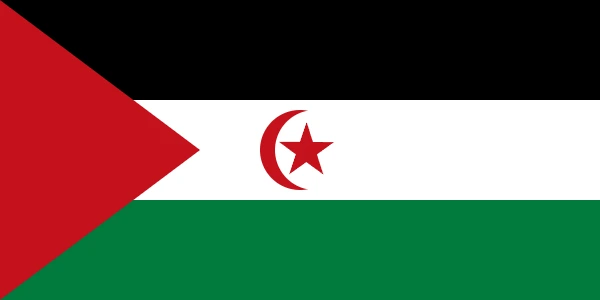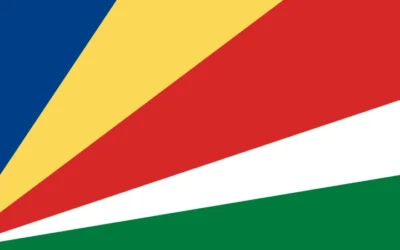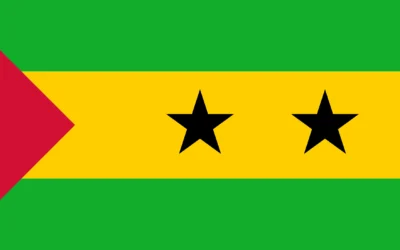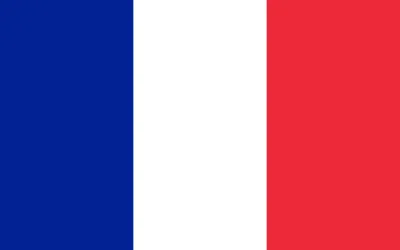Western Sahara Travel Guide
Discover Why You Should Visit Western Sahara
Why Visit Western Sahara?
Western Sahara, a sparsely populated and largely desert territory on the northwest coast of Africa, offers vast, hauntingly beautiful landscapes and a unique cultural experience shaped by Sahrawi nomadic traditions. It remains a lesser-explored destination, ideal for travelers drawn to wide horizons, solitude, and cultural authenticity.
The region’s sweeping dunes, dramatic coastline, and resilient local communities provide a deep sense of place unlike anywhere else.
Ideal for: Desert adventurers, cultural travelers, photographers, and seekers of off-the-beaten-path destinations.
Must-Know Facts
Capital/Major City: Laayoune
Language(s): Arabic, Hassaniya Arabic; Spanish and French also spoken
Currency: Moroccan Dirham (MAD), though this is subject to local authority
Best Time to Visit: October to April (cooler months for desert travel)
Fun Fact: Western Sahara is one of the least densely populated regions on earth, offering unparalleled desert solitude
Top Things to Do
Explore the vast dunes and desert plains near Smara and Dakhla
Experience windsurfing and kitesurfing on the coast of Dakhla Lagoon
Visit Laayoune’s central mosque, markets, and Sahrawi cultural centers
Camp in the desert with Sahrawi hosts to learn about nomadic life
Photograph dramatic desert sunsets and untouched coastlines
Local Culture & Lifestyle
The Sahrawi people maintain strong nomadic traditions rooted in family, oral storytelling, and hospitality. Their identity is shaped by desert life and a long history of resilience.
Traditional music, poetry, and tea ceremonies are integral to social life, especially in rural and nomadic communities.
Despite regional political tensions, visitors often find the people welcoming and proud to share their heritage.
Food & Drink Highlights
Street Food: Grilled camel meat, lentil stews, flatbreads, couscous dishes
Restaurants: Offer Moroccan-style cuisine with Sahrawi influences such as spiced meat and dates
Drinks: Strong mint tea served in multiple rounds, camel milk, date juice
Desserts: Semolina cakes, sweetened couscous, dried fruit snacks
Main Dish & Culinary Symbols
Signature Dish: Mechoui (slow-roasted lamb or camel) often served during gatherings
Common Ingredients: Lamb, camel, couscous, dates, spices, lentils, tea
Culinary Culture: Meals are shared communally, with tea rituals as central moments of hospitality
Symbols & Icons of the Area
Natural Icons: Saharan sand dunes, Atlantic coast cliffs, Dakhla Lagoon, oases
Cultural Icons: Tents (khaima), traditional Sahrawi dress, three-cup tea ceremony, desert poetry
Hidden Gems & Off-the-Beaten-Path
Imlili Salt Ponds, known for their natural fish-filled holes in the desert
White Dune, a towering sand dune near Dakhla with ocean views
Campsites in the desert interior between Smara and the Mauritanian border
Shopping & Souvenirs
What to Buy: Handwoven textiles, Sahrawi jewelry, camel leather goods, traditional teapots
Where to Shop: Laayoune markets, artisan stalls in Dakhla, local co-ops in Sahrawi camps
Getting Around
Public Transport: Limited but functional in larger towns
Car Rentals: Essential for desert and intercity exploration
Taxis: Shared taxis operate in urban areas and are affordable
4×4 Vehicles: Necessary for desert excursions and off-road travel
Travel Tips
Research local regulations due to ongoing territorial disputes
Dress modestly and respectfully, particularly in rural or nomadic communities
French and Spanish may be useful for communication; Arabic is most common
Travel with a guide when venturing into remote desert areas for safety and cultural insight
Where to Stay
Budget: Guesthouses and family-run accommodations in Laayoune and Dakhla
Mid-range: Modest hotels with coastal or desert views
Luxury: Eco-lodges and boutique hotels in Dakhla catering to surfers and desert adventurers
Unique: Traditional Sahrawi tents for authentic desert stays
Sample 4-Day Itinerary
Day 1: Arrive in Laayoune, visit markets, cultural centers, and city landmarks
Day 2: Travel to the dunes outside Smara for desert camping and stargazing
Day 3: Drive to Dakhla Lagoon for water sports and beach relaxation
Day 4: Explore hidden coastal dunes and enjoy tea with local Sahrawi hosts before departure






0 Comments